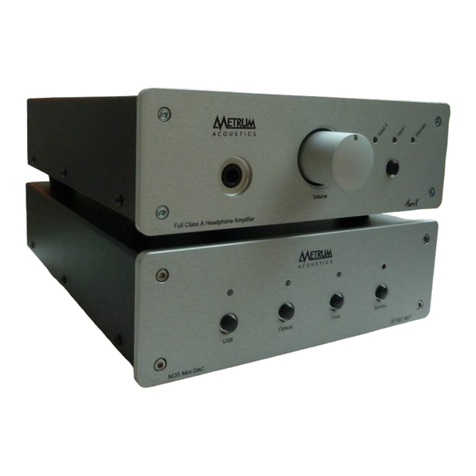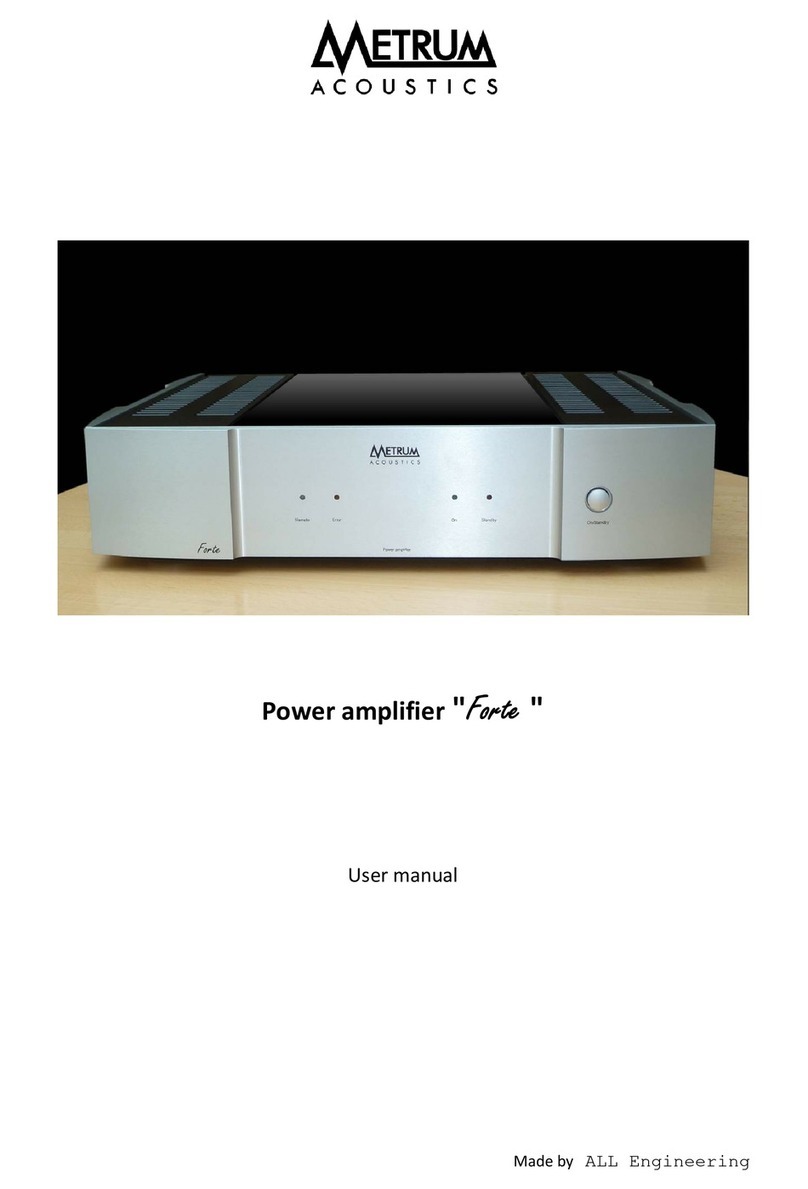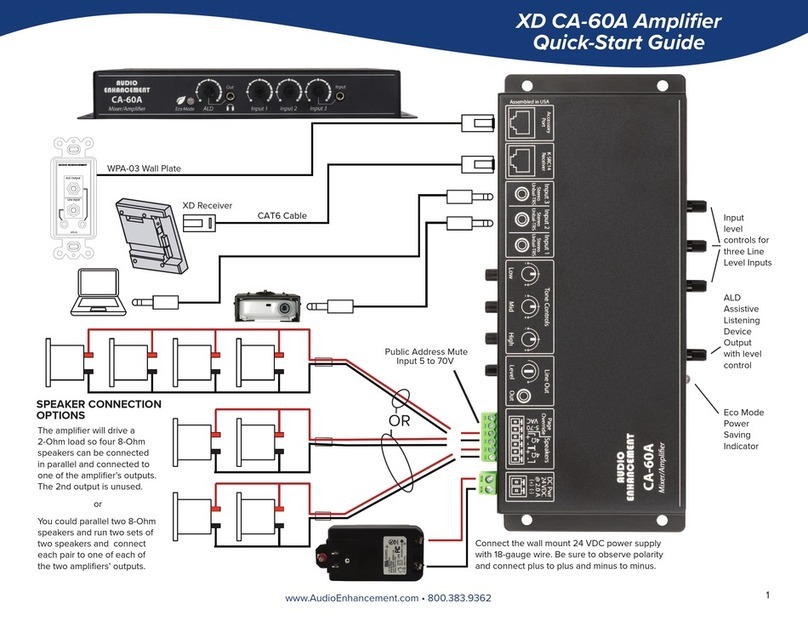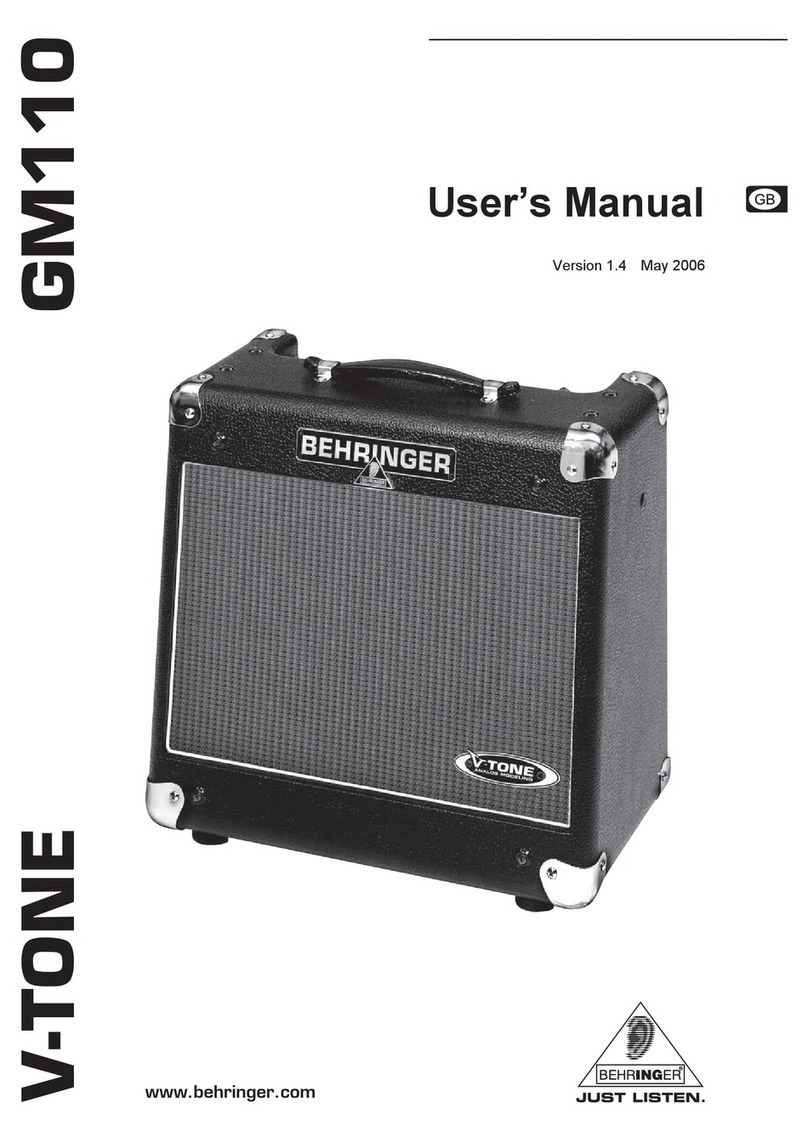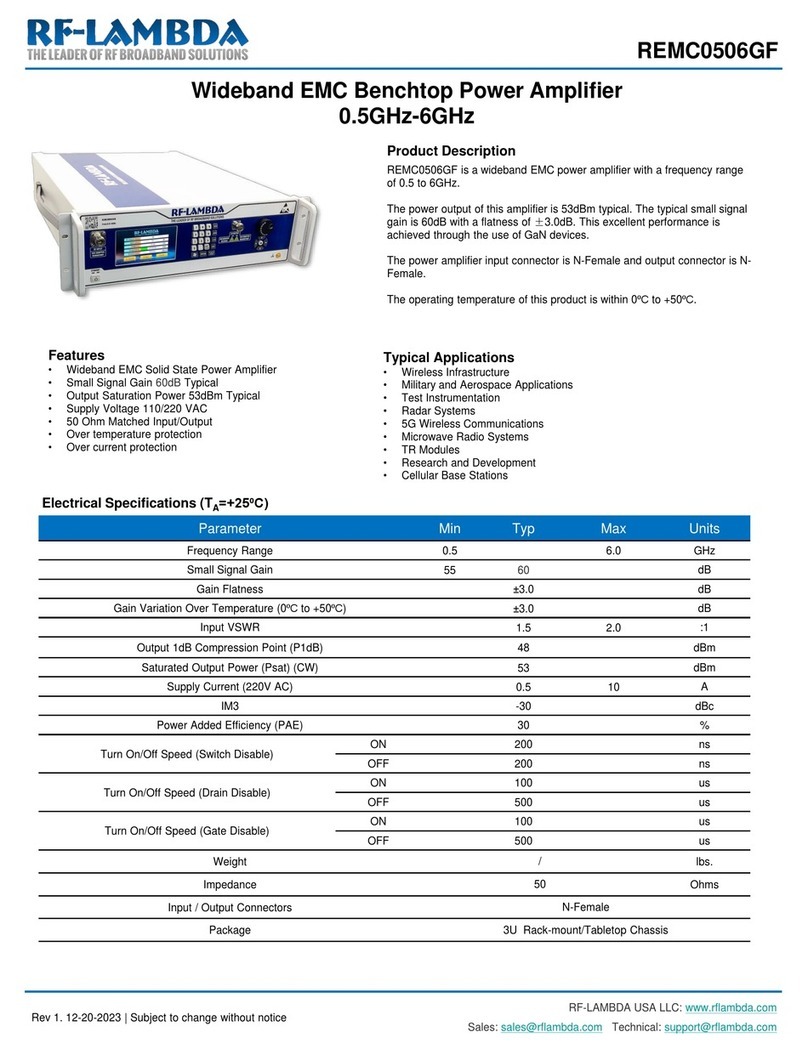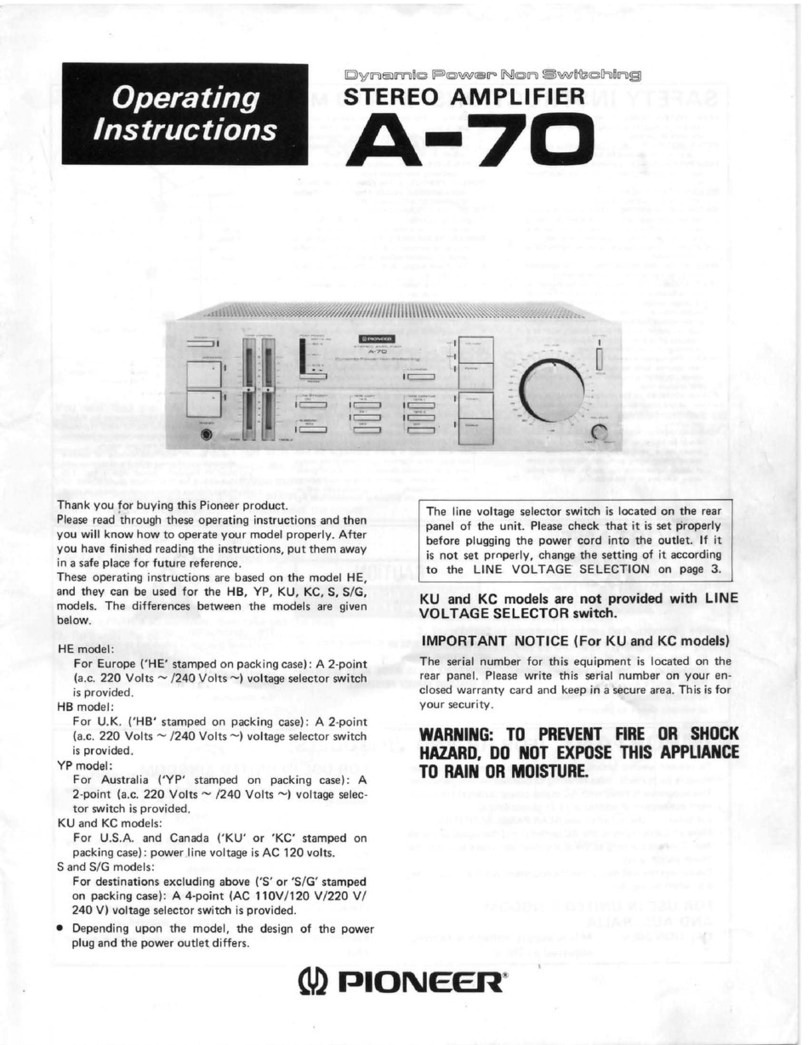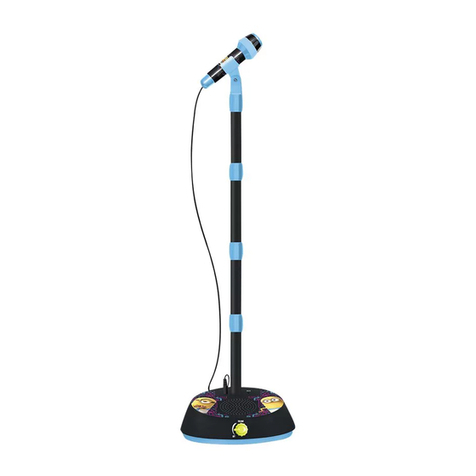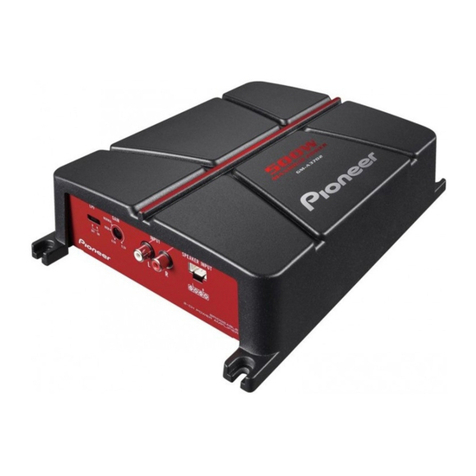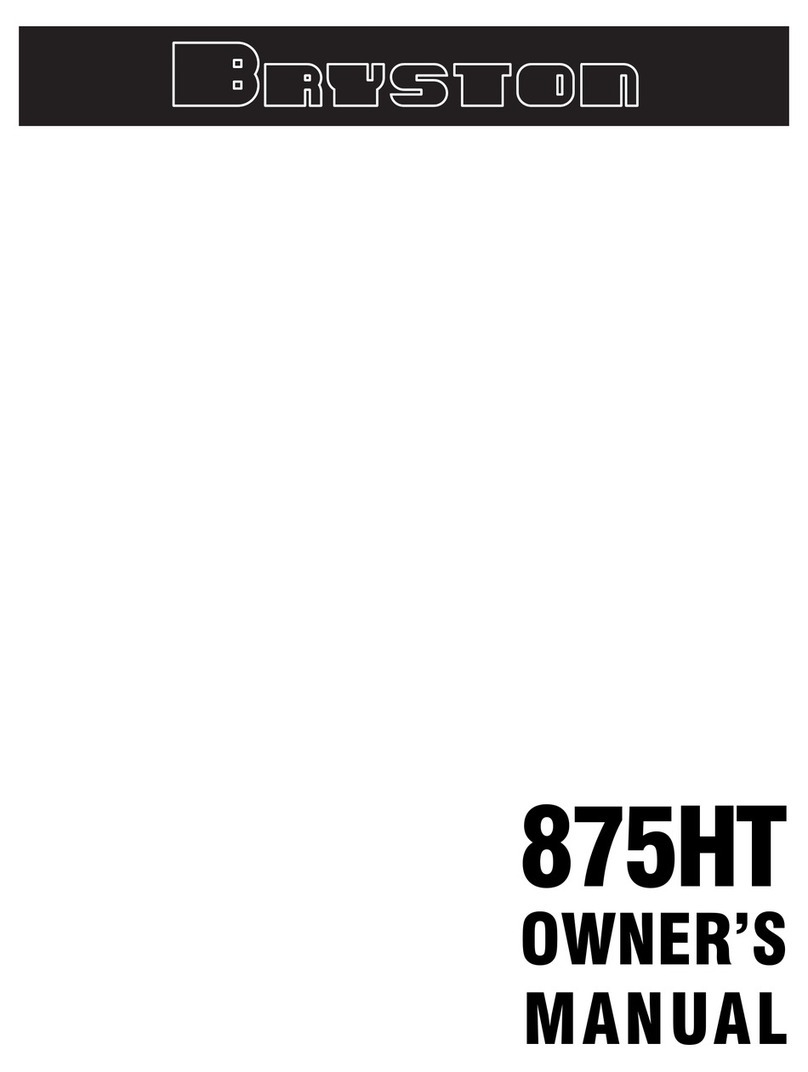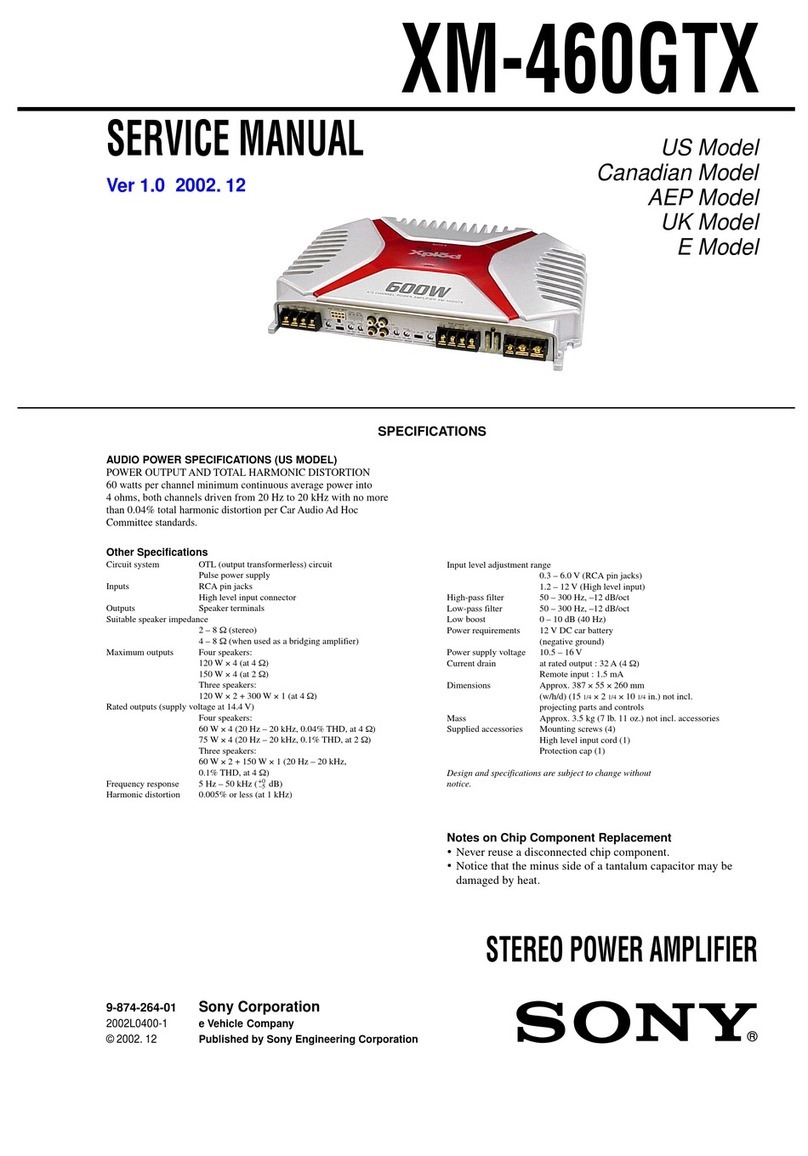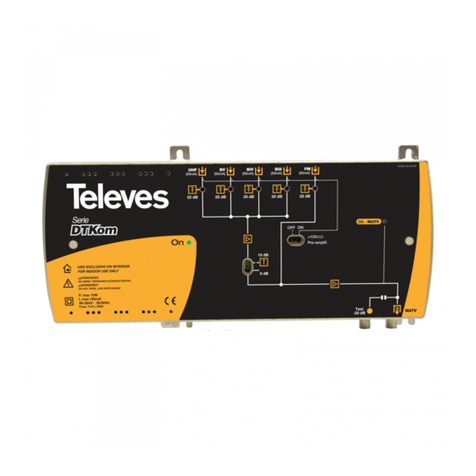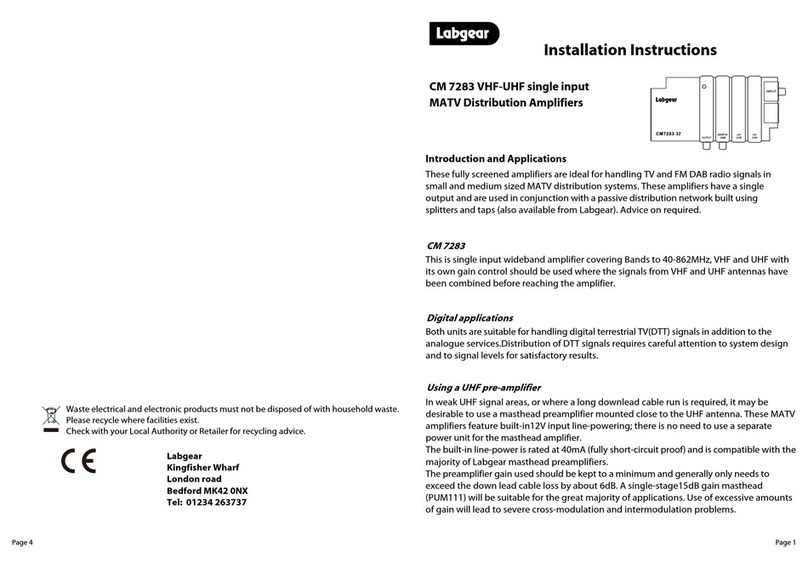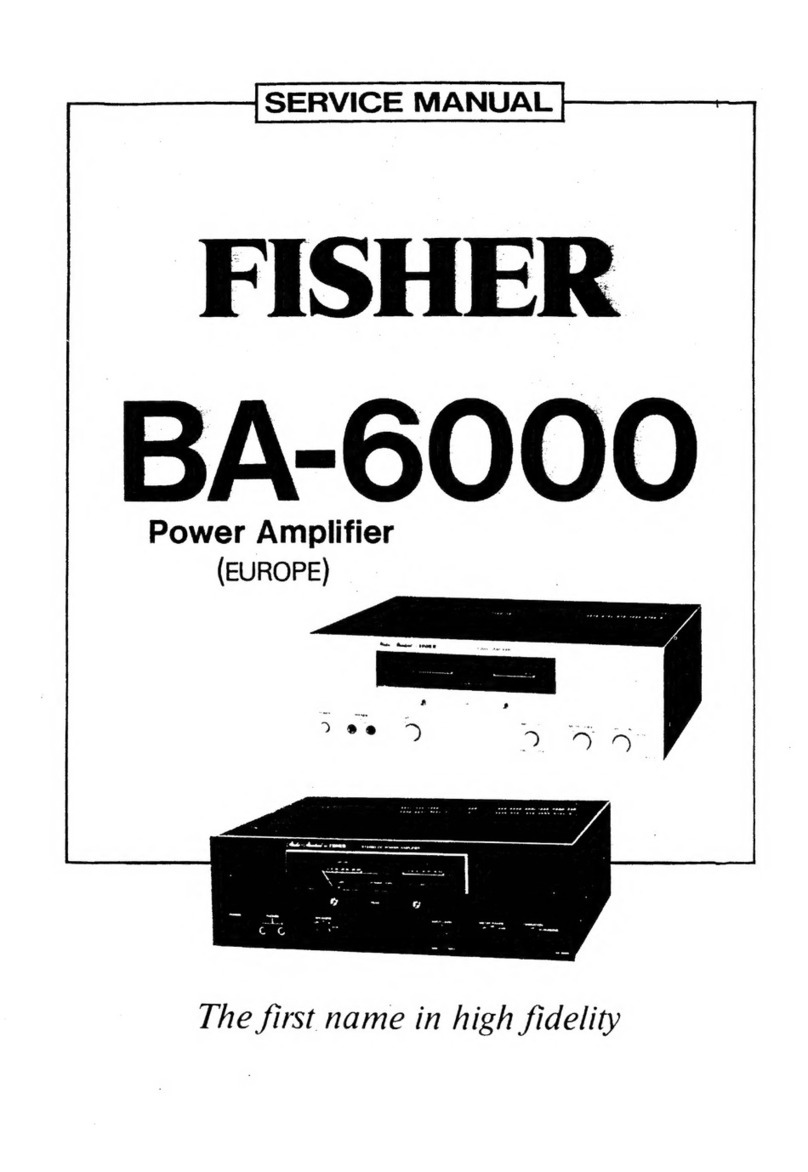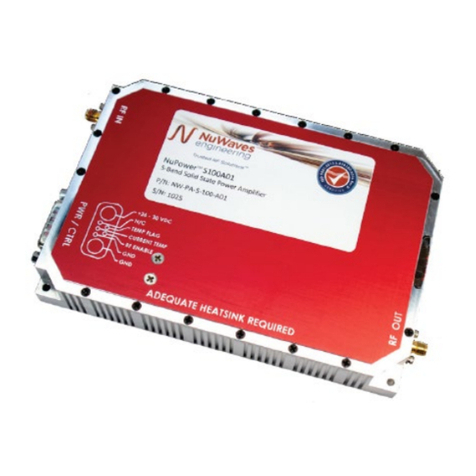Metrum Acoustics ADAGIO User manual

All-Engineering BV
https://metrumacoustics.com
info@metrumacoustics.com
NOS Differential DAC "ADAGIO "
User manual
Updated 01-01-2018
Introduction
The ADAGIO gives you more weight, body, tonal richness, and a more natural sense of the
space of the recording. Or to put it more plainly, it fleshes out your music more!

All-Engineering BV
https://metrumacoustics.com
info@metrumacoustics.com
Think clarity. The ADAGIO does a wonderful job of presenting even the most complex music
in a natural and inviting manner with every last ounce of nuance intact. There’s no artificial
sounding edge, no sense of a flat cut-out image, basically none of digital’s nastier stuff. In
some cases, this can also come with a somewhat dark and muddy sound but that is absolutely
not the case with the ADAGIO; think clarity.
The ADAGIO allows you to hear into the recording and the recording’s quality. This is
somewhat of a good news/bad news proposition in that you’ll really hear what’s there.
Pure & Simple with Pre-Amplification
What more can you do after launching one of the best DAC’s available today? We are aware
that our current flagship ADAGIO is hard to beat but at least one idea was not realized yet.
The idea of having a decent volume control to prevent a necessary pre-amplifier could
improve performance dramatically. However, we also know that the way of introducing such
device in the signal chain can also have a negative effect.
Experiments were made and as result the best sound was coming directly from our
Transient™ modules. Even the digital approach did not convince us but still one idea was not
tried yet. Especially in case of R2R ladder DACs it is quite easy to change the output voltage
of the DAC by changing its reference voltage but to realize this, dedicated DAC boards were
designed to get the best regulation possible.
Like our PAVANE, “forward correction” techniques are used to drive both mono DAC
boards. The result of this process is an extremely high linearity, right down to -140 dB, which
gives the ADAGIO a realistic 24-bit dynamic range. The ADAGIO is a forward as it omits a
pre-amplifier. It is musical, honours the Non-oversampling principle and simultaneously
incorporating the technological progress that has been made over the years.
The ADAGIO is build up with a double well damped frame and will avoid vibrations due to
the use of bituminous material. Around this strong body beautiful shaped aluminium panels
are used to make it even stronger. The chosen approach masks the use of screws from most
important directions. As standard, a remote will be delivered to control the available digital
inputs.
note:
The ADAGIO will reach its maximum performance after a three to four
weeks usage.
IMPORTANT SAFETY INSTRUCTIONS
1. Read Instructions.
2. Keep these Instructions.
3. Heed all Warnings.
4. Follow all Instructions.
5. Do not use this apparatus near water.

All-Engineering BV
https://metrumacoustics.com
info@metrumacoustics.com
6. Clean only with a dry cloth.
7. Do not install near any heat sources such as radiators, heat registers, stoves, or other apparatus
(including amplifiers) that produce heat.
8. Unplug this apparatus during lightning storms or when unused for long periods of time.
9. Refer all servicing to qualified service personnel. Servicing is required when the apparatus
has been damaged in any way, such as a power-supply cord or plug is damaged, liquid has
been spilled or objects have fallen into the apparatus, the apparatus has been exposed to
rain or moisture, does not operate normally, or has been dropped.
10. The ADAGIO pre-amplifier must be placed on a firm, level surface where it is not exposed to
dripping
or splashing.
11. Before making connections to the DAC, ensure that the power is off and other components
are in mute or stand-by mode. Make sure all cable terminations are of the highest quality,
free from frayed ends, short circuits, or cold solder joints.
12. THERE ARE NO USER SERVICEABLE PARTS INSIDE THE "ADAGIO" pre-amplifier.
Please contact All Engineering if you have any questions not addressed in this guide.
13. All Engineering cannot be held accountable and/or responsible for any form of damage or health
issues inflicted to you, other people, pets, companies and non-living objects, that are caused by any
form of usage of the product which is not described in this manual.
14.By actually using this product and turning it on for the first time, you agree to these terms

All-Engineering BV
https://metrumacoustics.com
info@metrumacoustics.com
What is in the Box
•The ADAGIO DAC
•Power cord (only Euro or USA based power cords)
•USB cable
•USB stick (user manual and USB drivers )
•BNC to RCA adapter

All-Engineering BV
https://metrumacoustics.com
info@metrumacoustics.com
Inputs & Connections
•Cautionary note: Please connect your interconnects first before connecting the mains
power cable.
•Power requirements: Check if the product is made conform the power requirements of your
area. On the back side of the product there is a marker for the specific mains voltage.
•Optical input: Use an optical (Toslink) cable to use the optical input. The optical input can be
used for sampling rates up to 96 kHz.
•Coaxial inputs: A 75 Ohm coaxial cable should be used to connect the DAC to other digital
equipment. To avoid ground loops both inputs have a galvanic isolation. The coaxial input
can handle a maximum sample rate of 192 kHz. Coaxial 1 is a BNC connector. When using
RCA type connectors please use the BNC to RCA adapter.
•AES/EBU digital input: When using the AES /EBU digital input a special 110 Ohms XLR cable
should be used. The AES/EBU interface has a galvanic isolation and can handle a maximum
sampling rate of 192 kHz.
•USB input:Use an USB cable to connect the DAC to your computer. Only when using a
Windows operating system, you should install special drivers. In case of Linux or MAC no
additional drivers are required. The USB input can handle sampling rates up to 384 kHz.
•Attenuation switches: Depending the input sensitivity of the used power amplifier the
output of the ADAGIO can be reduced with -10dB.
•RCA outputs: Standard interlinks can be used to connect the DAC to your amplifier. The
"ADAGIO" is designed conform the "Red book standard" so the maximum output will be 2
Volts RMS or 700 mV RMS in case of using the -10dB setting. Your (pre)amplifier should
handle this output levels.

All-Engineering BV
https://metrumacoustics.com
info@metrumacoustics.com
•XLR outputs: Standard XLR line cables should be used to connect the DAC to your (pre)
amplifier. The "ADAGIO" is designed conform the "Red book standard" so the maximum
output for the XLR output will be 4 Volts RMS or 1.4Volts RMS in case of using the -10dB
setting. Your (pre)amplifier should handle this output levels.
•Mains inlet: Use a power cable to a grounded power outlet.
•Remote switch: Depending the type of power amplifier it is possible to switch it “On” or
“Off” by using one or both of the remote switches. For connection, a 3 pole XLR mini
connector can be used and depending the way your power amplifier should be powered, it
can be wired accordingly. The following connections are available:
A) Common
B) Normally closed when ADAGIO is switched off.
C) Normally open when ADAGIO is switched off.

All-Engineering BV
https://metrumacoustics.com
info@metrumacoustics.com
•Remote switch: Depending the type of power amplifier it is possible to switch it “On” or
“Off” by using one or both of the remote switches. For the connection, a 3 pole XLR mini
connector can be used and depending the way your power amplifier should be powered, it
can be wired accordingly. The following connections are available:
D) Common
E) Normally closed when JADE is switched off.
F) Normally open when JADE is switched off.

All-Engineering BV
https://metrumacoustics.com
info@metrumacoustics.com
Operation
Remark: When the ADAGIO is fully connected and switched”
on” the volume knob will turn anti clockwise to the lowest
position. The mute function will be activated the very first time.
To release the mute function one of the remote-control buttons
should be used randomly. In case of disconnecting the ADAGIO
from the mains power, this procedure should be repeated.
•Standby: To reduce power the DAC board will be switched off in stand-by mode. Just the
front panel is activated to control the system. Power consumption will be reduced to 0.5
Watts. Any control is possible by using the front button or remote control.
•Mute function: By switching to one of the digital sources the mute function will be released
after five seconds. When switching the ADAGIO to “standby mode” muting will be active
again. When the ADAGIO is operational you can use the mute function only by using the
remote control. In this situation, the JADE shows you the selected digital source but also the
red “Standby/ mute” light will lit. By using one of the volume buttons the mute function is
released.
•Source selection: The digital inputs can be selected by using the only available button at the
front. When switching the ADAGIO to “On”, the first channel (AES/EBU) will be selected.
When pushing this button repeatedly, the next “coax” input will be selected followed by
“Optical” and “USB”. The next step is back to “Standby” Note: When moving fast trough the

All-Engineering BV
https://metrumacoustics.com
info@metrumacoustics.com
Standby mode the ADAGIO will not switched off. Only when waiting for a few seconds the
JADE will go into standby mode when selected.
•Error indication: When no digital data is coming in, the orange “Remote /Error” led above
the remote sensor will lit.
•Remote indication: When using the remote control the Remote/ Error led will flash rapidly.

All-Engineering BV
https://metrumacoustics.com
info@metrumacoustics.com
The remote control is made to control the available digital inputs. As opposed to the front
panel buttons where you can select one of the digital sources directly, the remote will toggle
through the entire range of available digital sources.
When the JADE is set into the stand-by mode, it will remember the last input selection and is
available again when the JADE is switched on.
Replacing the battery
If the button is not activated there is no power consumption at all, which leads to a very long
battery life cycle. The battery used is a CR1632 button type of 3 Volts and can be replaced as
follows when required,
Use a middle-sized Philips screw driver to remove the screw from the back of the remote.
By removing the back cover the printed circuit board will be visible.

All-Engineering BV
https://metrumacoustics.com
info@metrumacoustics.com
By gently turning the housing upside down the printed circuit board will fall out and the
component side will be visible now.
As shown above push the battery out of its holder by using the back side of a swab. Take the
new battery and push it in the battery holder with the “+” mark on top.
When the new battery is placed, lay back this part of the board where the blue led is situated.
The led will be positioned in front of the recess. Next you can lay down the whole board in the
housing. Next you can place the cover and tighten the screw.

All-Engineering BV
https://metrumacoustics.com
info@metrumacoustics.com
Technical specs:
Working principle: Non-oversampling digital pre-amplifier.
Dual mono, four DACs per channel in differential mode.
Power supply: 75 VA divided over three single toroidal transformers
Power consumption: Standby < 1.5 Watts
Full operation 25 Watts
Power requirement: 110/115V AC or 220/230 V AC 60/50Hz
Inputs: 1x optical Toslink, 2x coaxial like 1x BNC , 1x RCA.
AES/EBU and USB module.
Outputs: 2x RCA gold plated Neutrik © connectors. 2x XLR 3
balanced outputs.
Output voltage: RCA: 2 Volts RMS max output. -10dB setting 700mV RMS
XLR: 4 Volts RMS max output -10dB setting 1.4 Volts RMS
Frequency response: 1Hz -0.8dB, 20 kHz -1.2 dB 44.1kHz sampling.
1Hz -0.8dB, 65 kHz -3dB 192-384 kHz sampling.
Distortion: 0,01 % THD
Noise: -145 dB related to 2 Volt RMS
Output impedance: RCA 100 Ohms, XLR 200 Ohms
Sampling frequency: Optical: 44.1 - 96 kHz sampling ,16 or 24 bits.
Coaxial: 44.1 - 192 kHz sampling, 16 or 24 bits.
USB: 44.1- 384 kHz sampling, 16 or 24 bits
Dimensions H x W x D: 85 x 440 x 320 mm.
Weight: 11kg.
Subject to change without notice.
All Engineering BV
Ambachtsweg 4K
3953BZ Maarsbergen
The Netherlands
This manual suits for next models
1
Table of contents
Other Metrum Acoustics Amplifier manuals
